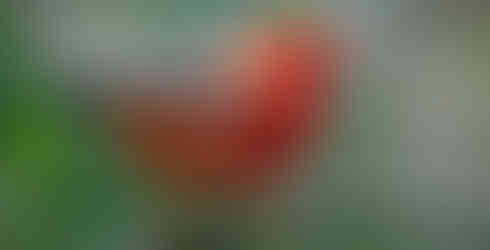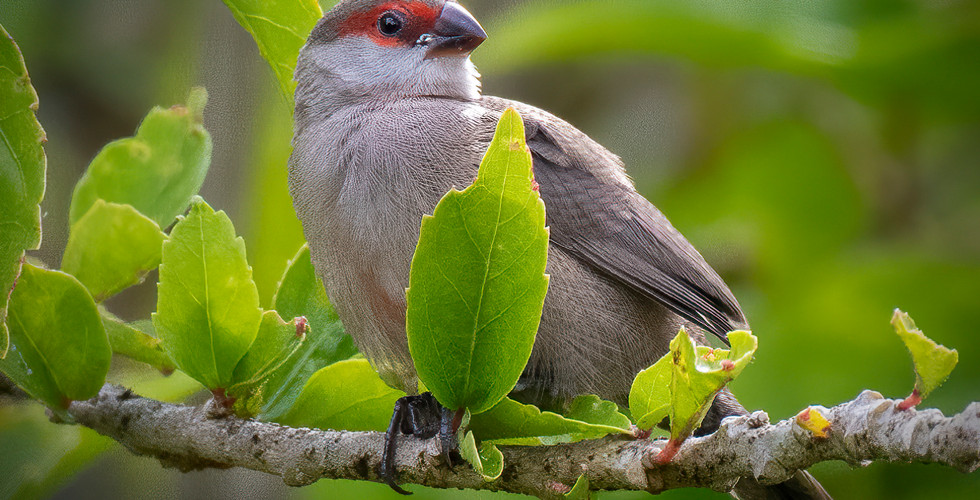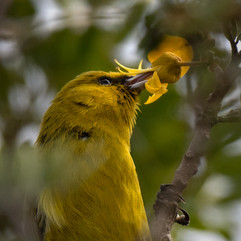Did you notice the differences in the adult and juvenile birds in my last blog post?
I am relatively new to birding, and I find the differences quite striking! Some babies appear as large or larger than adults, feather colorations and markings are often different, and sometimes beak colors change as the bird ages. It's really quite amazing. Juveniles show similarities to adult birds, but are often mistaken as new birds because of their different appearances.
Here's the young ʻaukuʻu, or black-crowned night heron, shown first in browns, then a dramatic change - please click the slideshow arrow to see the adult:
And, the ʻiʻiwi, or scarlet honeycreeper, not red at first, but still beautiful (click the slideshow arrow to see the adult). Young birds are often camouflaged, with more drab brown and gray plumage compared to the brighter and more contrasting colors of their adult counterparts. It's like a safety feature!
The scaly-breasted munia, without it's scales and then with them:
The common waxbill shown below is sporting a black beak at a young age and a red/orange beak as an adult (again, click the slideshow arrow). Also note the white gape flanges shown here and on the juvenile scaly-breasted munia above. This is the soft fleshy white tissue at the sides of the beak where the two mandibles join together on some species of baby birds. The gape flange is like a “bullseye” to show the parents where to put the food. When the juveniles grow into adults and become self-feeding, the gape flanges are no longer visible.
For me, one of the easiest ways to identify the species of bird is to observe other birds it's near. Young birds often follow parents and beg for food. Many baby birds chirp a lot to alert their parents of their location. If a baby bird is consistently around a certain species, it is likely the same type of bird.
I am sometimes stopped when out walking in the neighborhood and told of an unknown species recently seen - I ask a few key questions, like its color, behavior, and if it was with other birds. Most times the mystery is solved!
Aren't birds amazing creatures?
Lastly, I invite you to check out the newest images in the Stickman Hawaiʻi shop:

































Comments